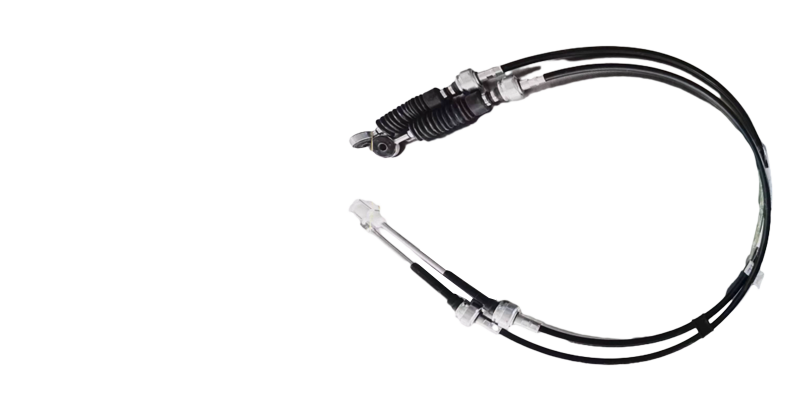throttle linkage bell crank
Understanding Throttle Linkage and the Role of the Bell Crank in Automotive Systems
In the intricate world of automotive engineering, every component plays a vital role in ensuring smooth operation and responsiveness of a vehicle. One such critical component that often goes unnoticed is the throttle linkage, specifically the bell crank mechanism associated with it. This article delves into the significance of throttle linkage and the functionality of the bell crank in enhancing vehicular performance.
What is Throttle Linkage?
Throttle linkage is an assembly of components designed to connect the accelerator pedal to the throttle body of an engine. This system allows the driver to control the amount of air-fuel mixture entering the engine, thereby regulating engine power and vehicle speed. Traditional throttle linkages were purely mechanical, relying on cables or rods to transfer the accelerator pedal's movement directly to the throttle valves. However, with the advancement in technology, modern vehicles often incorporate electronic throttle control systems. However, for this discussion, our focus will remain on the mechanical aspect where bell cranks play a significant role.
The Bell Crank Mechanism
The bell crank is a lever that converts one type of motion into another. In the context of throttle linkage, it serves as a pivot point that translates the linear motion of the accelerator pedal into the rotational motion required to operate the throttle. Typically, a bell crank consists of two arms, one connected to the throttle cable or rod and the other linked to the accelerator pedal.
When the driver presses the accelerator pedal, it pivots the bell crank, causing the connected arm to pull on the throttle linkage. This movement opens the throttle plate, allowing more air into the engine. The design of the bell crank is crucial as it can amplify or reduce the amount of motion transmitted, thereby affecting throttle response and sensitivity.
Advantages of Using a Bell Crank in Throttle Linkage
throttle linkage bell crank

1. Smooth Operation The bell crank mechanism creates a smoother transition between pedal input and engine response. By optimizing the angles and lengths of its arms, engineers can fine-tune how much throttle is applied given a certain pedal position, improving driver experience.
2. Versatility Bell cranks can be designed in various configurations to accommodate different engine layouts and vehicle designs. This adaptability makes it a popular choice in diverse applications, from passenger cars to performance and off-road vehicles.
3. Space Efficiency The compact nature of a bell crank allows more flexibility in the design of the engine bay. It can be positioned in such a way that it doesn’t interfere with other components, maximizing space and minimizing potential issues during maintenance.
4. Reduced Wear Mechanical systems with bell cranks can be designed to minimize the friction and wear associated with throttle linkages. This contributes to a longer lifespan of the components and reduced maintenance costs for vehicle owners.
Challenges and Considerations
While bell cranks offer numerous benefits, they are not without challenges. Proper calibration is necessary to ensure that the throttle responds accurately to the driver's input. If not calibrated correctly, drivers may experience throttle lag or over-responsiveness, which can lead to unsafe driving conditions. Additionally, the material and structural integrity of the bell crank must be considered, as failures can result in loss of throttle control.
In summary, the throttle linkage and bell crank mechanism play an integral role in the performance and safety of modern vehicles. They allow for precise control of engine power delivery, ensuring an enjoyable and responsive driving experience. As technology continues to evolve, the design and execution of throttle linkages will likely become even more advanced, incorporating features that provide enhanced performance and reliability. For car enthusiasts and automotive engineers alike, an understanding of these mechanisms is essential to appreciate the sophistication and engineering prowess behind modern vehicles.
-
Workings of Clutch Pipe and Hose SystemsNewsJun.04,2025
-
The Inner Workings of Hand Brake Cable SystemsNewsJun.04,2025
-
The Secrets of Throttle and Accelerator CablesNewsJun.04,2025
-
The Hidden Lifeline of Your Transmission Gear Shift CablesNewsJun.04,2025
-
Demystifying Gear Cables and Shift LinkagesNewsJun.04,2025
-
Decoding Clutch Line Systems A Comprehensive GuideNewsJun.04,2025
